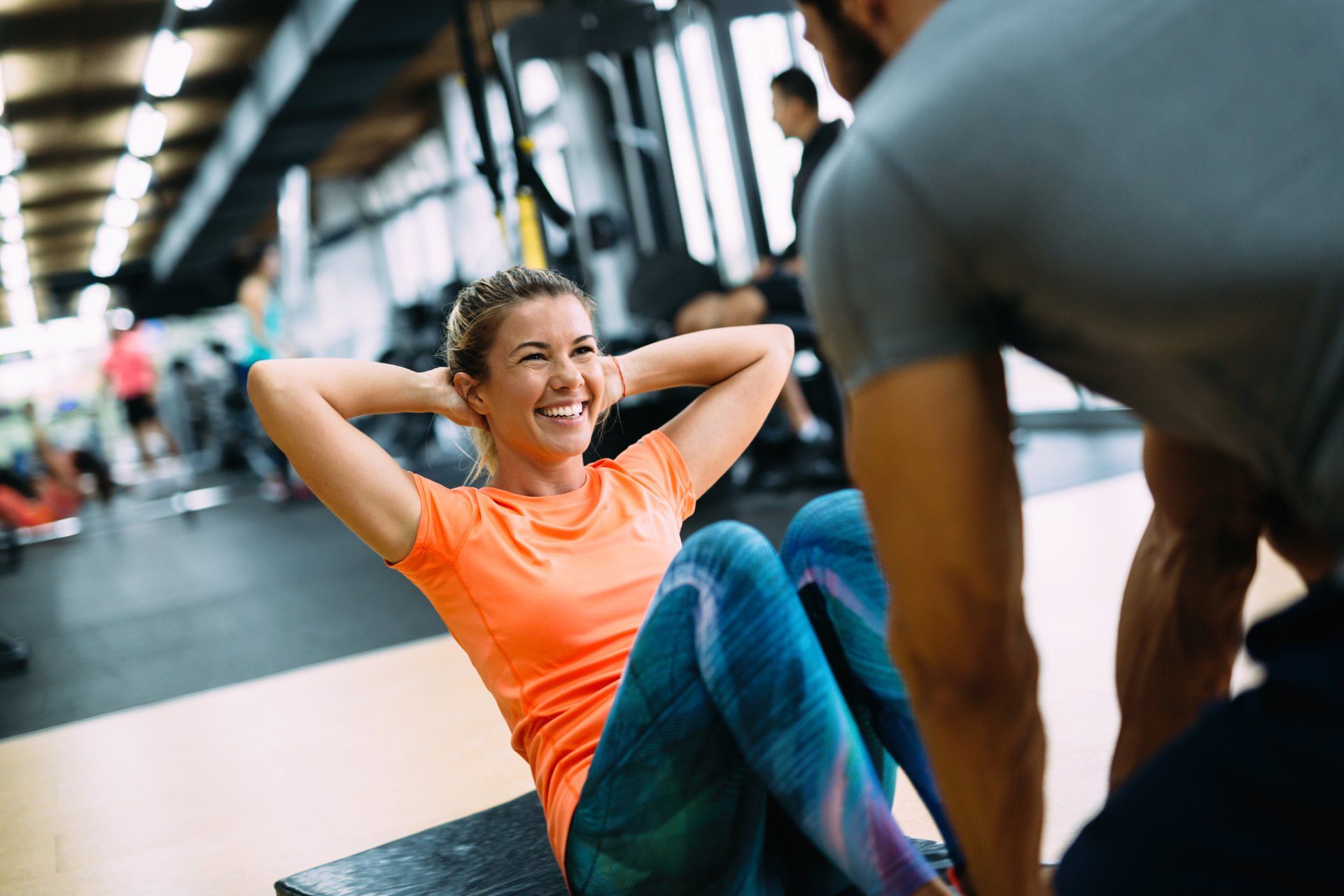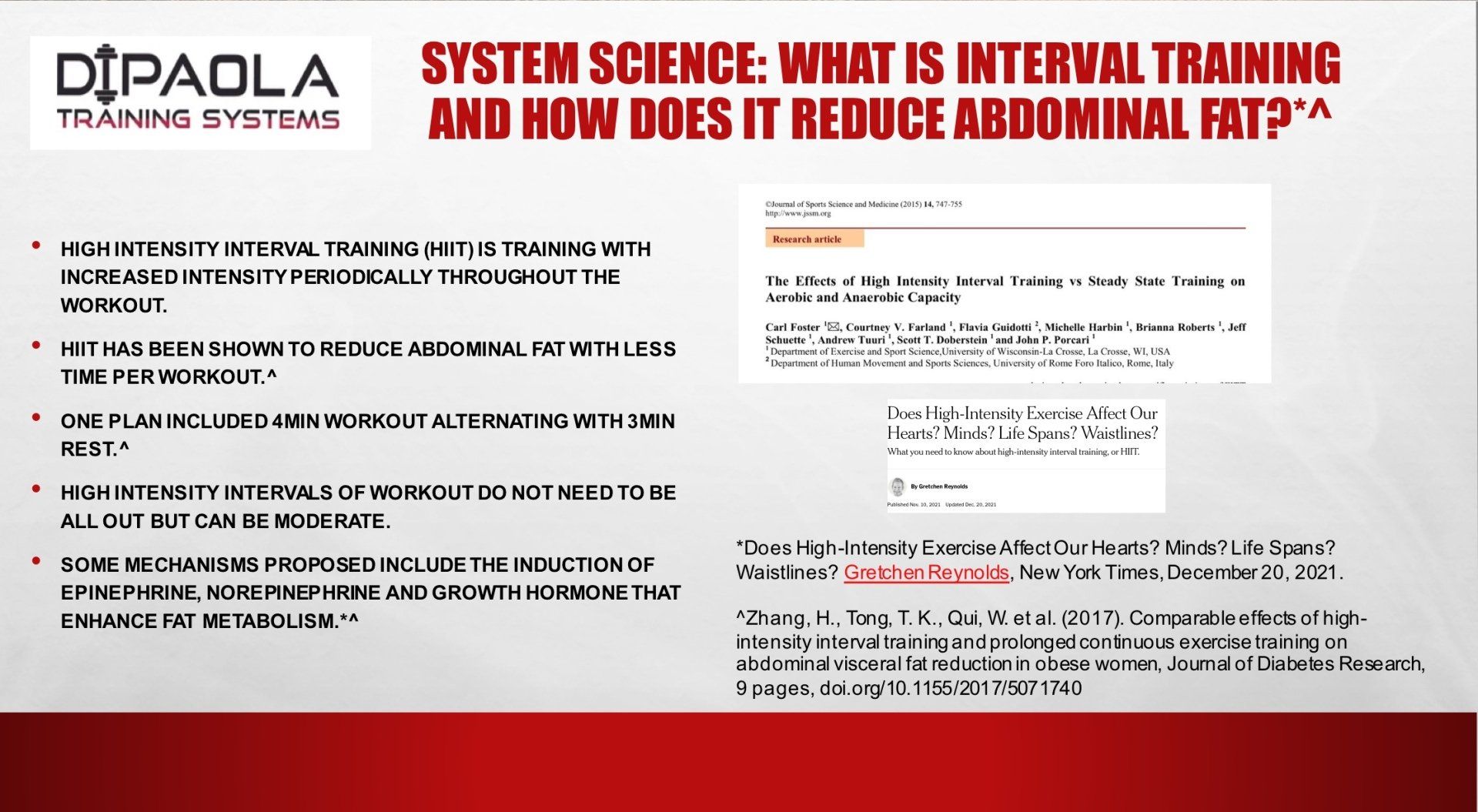Blog Layout
Endurance Training vs. Circuit Resistance Training
Ben DiPaola • August 17, 2020
Effects on Lipid Profile and Anthropometric/Body Composition Status in Healthy Young Adult Women
It has been a well known fact that exercise has positive effects on lipid profiles and body composition, which influence overall heart health and other factors. This study shows the positive correlation of exercise modalities and these health markers.
Poor lipid values can contribute to heart attack, stroke, diabetes, gallstones, thyroid malfunction, and hardening of the arteries.
Lipid profiles consist of total cholesterol (TC), high density lipoprotein (HDL), low density lipoprotein (LDL), and triglycerides (TG). Other measurements taken in the study were body fat % (BF) and body mass index (BMI).
Many factors can affect lipid profile such as obesity, family history, sedentary lifestyle, poor lifestyle choices, age and race.
This study used a group of young woman participants ages 20-26 with few underlying health issues to complete 8 weeks of a controlled exercise intervention. Each group completed training 3 times a week for 45 to 60 min each workout, some working up to 70 minutes. The modalities used in one group was resistance training using weights, machines, and bodyweight exercises. The second group completed endurance training primarily using a treadmill, for the ease of being able to manipulate speed, intensity, and incline. The last control group did no exercise.
Results showed improvements in lipid profile and body composition through several different measures. During the study, other lifestyle factors such as diet was also recorded to better help understand the outcome.
Results/ take home message:
• Endurance and resistance training showed improvements in all lipid profiles
• Endurance and resistance training showed improvements in body fat and BMI
• A combination of resistance and endurance exercise 3 times a week for at least 45 min is beneficial
• Be aware of the things we do have control over- exercise, diet, and lifestyle choices.
Reference:
Beqa Ahmeti, G., Idrizovic, K., Elezi, A., Zenic, N., & Ostojic, L. (2020, February 14). Endurance Training vs. Circuit Resistance Training: Effects on Lipid Profile and Anthropometric/Body Composition Status in Healthy Young Adult Women. Retrieved from https://www.ncbi.nlm.nih.gov/pmc/articles/PMC7068336/

By Ben DiPaola
•
August 17, 2020
• A group from a University in Brazil reviewed the literature on the effects of physical exercise on the immune system. • They reviewed studies that suggest that regular physical exercise is associated with decreased mortality from pneumonia and influenza, suggesting that it may be helpful against COVID19. • They reviewed studies that showed that moderate exercise enhanced immune response. • Although further studies will still be done to prove that exercise helps prevent symptoms or problems from COVID19 - this review supports the use of exercise to improve immune, cardiac, and pulmonary function. Take away: • Moderate exercise improves immune, cardiac and pulmonary function. • Symptoms and mortality from COVID19 occur more commonly in people with other medical problems. • Although it will require further studies, working to reduce obesity, increase heart health, increase lung function, and enhance the immune system with regular moderate training may be important to reduce problems from COVID19. Reference: • Clinical and Experimental Medicine, July 29, 2020. Da Silveria et al. (10.1007/s10238-020-00650-3)

By Ben DiPaola
•
August 17, 2020
Core muscles including the anterior (front) and posterior (back) all work to produce movement patterns in nearly every bodily movement we do. Strong core muscles stabilize, balance, and assist in many other movements we do. They also prevent many muscular imbalances and other conditions that lead to back, hip, neck, and leg pain, osteoporosis, and postural issues. Especially as age declines, training the core properly is one of the most important. TRX suspension training has many benefits. The main one is to improve the core, while strengthening other muscle groups as well. This military developed system for training is a household name now – it has become very common over the years. A 2017 Study used 26 participants, both male and female to test out suspension training exercises versus non suspension training exercises. 4 exercises were used including bridges, planks, rows, and pushups. The participants used EMG electrodes that were placed on different muscles groups to measure the level of muscle activation. The result showed an almost two- fold difference in some of the exercises. It’s important to keep in mind that only 4 exercises for used for sake of limitations on the study. There are double digit amounts of exercises that can be done on the TRX alone. Take away: • Core muscles are one of the most important groups to keep strong, especially as we age • Strong core helps prevent many different pains we can get; fixes posture; prevents injury long term, and creates power for other bodily movements. • Learn the basics on proper form and execution of exercises using a suspension trainer. Reference: Sean Harris; PT, DPT, Elise Ruffin; PT, DPT, CSCS, and Wayne Brewer; PT, PhD, MPH, OCS, CSCS. 2017 February 12. International Journal of Sports Physical Therapy; Muscle activation patterns during suspension training exercises.



